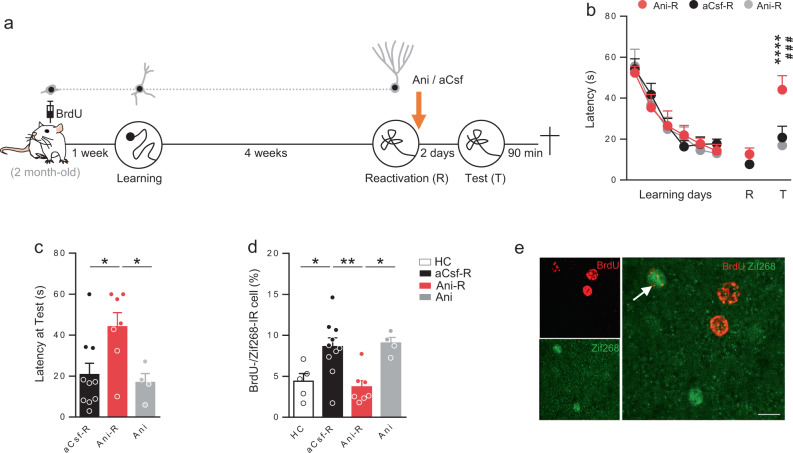Fig. 1. Blocking protein synthesis after spatial memory reactivation impairs both remote memory reconsolidation and adult-born neurons activation.
a Experimental protocol: 2-month-old rats were injected with BrdU 1 week before MWM training. Rats were trained for 6 days and memory was reactivated 4 weeks later. Immediately after reactivation rats were injected (icv) with anisomycin (Ani-R, n = 7) or with aCsf (aCsf-R, n = 10). A group of rats received anisomycin without the reactivation session (Ani, n = 4). Memory was tested 2 days later and rats were sacrificed 90 min after the test. b Latency to find the platform during training and to first cross the position of the platform during the reactivation and test trials. Memory performances of Ani-R rats were impaired compared to those of aCsf-R rats during the test (Tukey’s test: ###p = 0.0007) and compared to their performances at the reactivation trial (Tukey’s test: ****p < 0.0001). c Latency to cross the position of the platform at the test. Latency was higher for the Ani-R rats compared to that of aCsf-R and Ani rats (Tukey’s test: *p < 0.05). d Zif268 expression in BrdU-IR cells. Percentage of expression was higher in the aCsf-R group compared to that of control home cage (HC) rats (n = 5) and to that of Ani-R rats (Tukey’s test: *p < 0.05, **p < 0.01) but not different than that of Ani rats. e Confocal illustration showing BrdU-IR cells (red) coexpressing the cellular activation factor Zif268-IR (green). Bar scale 10 µm. All data shown are mean ± s.e.m. For statistical details, see Table S1.

